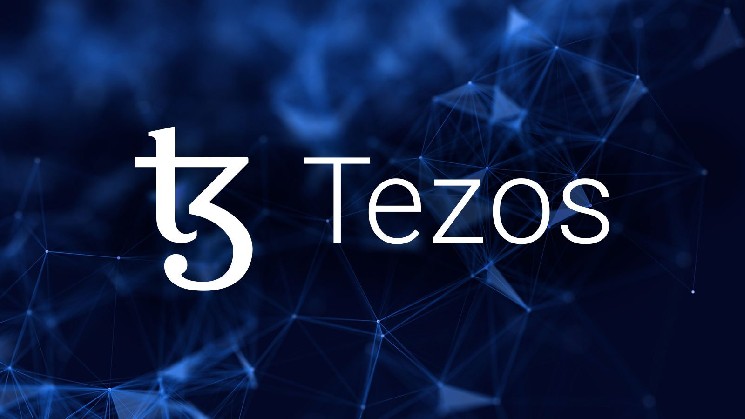Veteran blockchain network Tezos (XTZ) has shared details about Rio, a newly activated upgrade. The 18th update of TEZOS (XTZ) introduces a better user experience, more flexible staking, and enhanced validator selection rules.
Tezos (XTZ) activates Rio upgrades. What kind of changes is it?
Rio, Tezos (XTZ) 18th blockchain upgrade has been successfully activated. Rio introduces many changes designed to make Tezos more flexible, making it a critical step in adopting the Data Availability Layer (DAL), a key component for increasing L2 scalability.
The 18th Tezos protocol upgrade, Rio is live! 🌴
More flexible staking with one day cycle
💡New reward model to support DAL participation for layer 2 scalability
Bakery inert rules that enhanced stricter network resilience pic.twitter.com/4xkd7bmzsj-Tezos (@tezos) May 1, 2025
Activated in the mainnet using the Paris Protocol upgrade in 2024, Tezos DAL is designed to increase the amount of transactional data that can be published on-chain by up to 4,000 times.
Seamlessly integrated into the Tezos protocol, Dal's security and integrity is guaranteed by Tezos Bakers, and Rio adjusts Tezos' reward model to support and incentivizes this.
Commenting on the upgrade, Yann Régis-Gianas, Head of Engineering at Nomadic Labs, highlighted the most important importance of this release in the future stages of Tezos (XTZ) development.
This upgrade reaffirms the TEZOS ecosystem's commitment to achieving unparalleled L2 scalability. Economic activity on L2 platforms like Etherlink is growing rapidly, and with Rio's upgrade, the Tezos protocol is fully positioned to support and amplify this growth.
Today, Web3 Services users are hoping to move their funds back from staking to Dapps and then move smoothly again, and this will be precisely facilitated by reducing the length of the network cycle from about three to just one day of Rio upgrades.
New validator inactivity thresholds for a more robust blockchain
Protocol developers will work to further reduce staking concerns in future protocol upgrade proposals without compromising network security.
Finally, to ensure smooth L1 network operation, Rio upgrades introduce a more stringent Baker inert threshold. An unresponsive baker will be marked as inactive after two days and loses its right to consensus until it regenerates.
This change will increase overall network resilience and reduce the risk of slowing down. This is a key quality of high-performance blockchains. It also acknowledges the Tezos community's commitment to running the most efficient and reliable blockchain in the industry.


